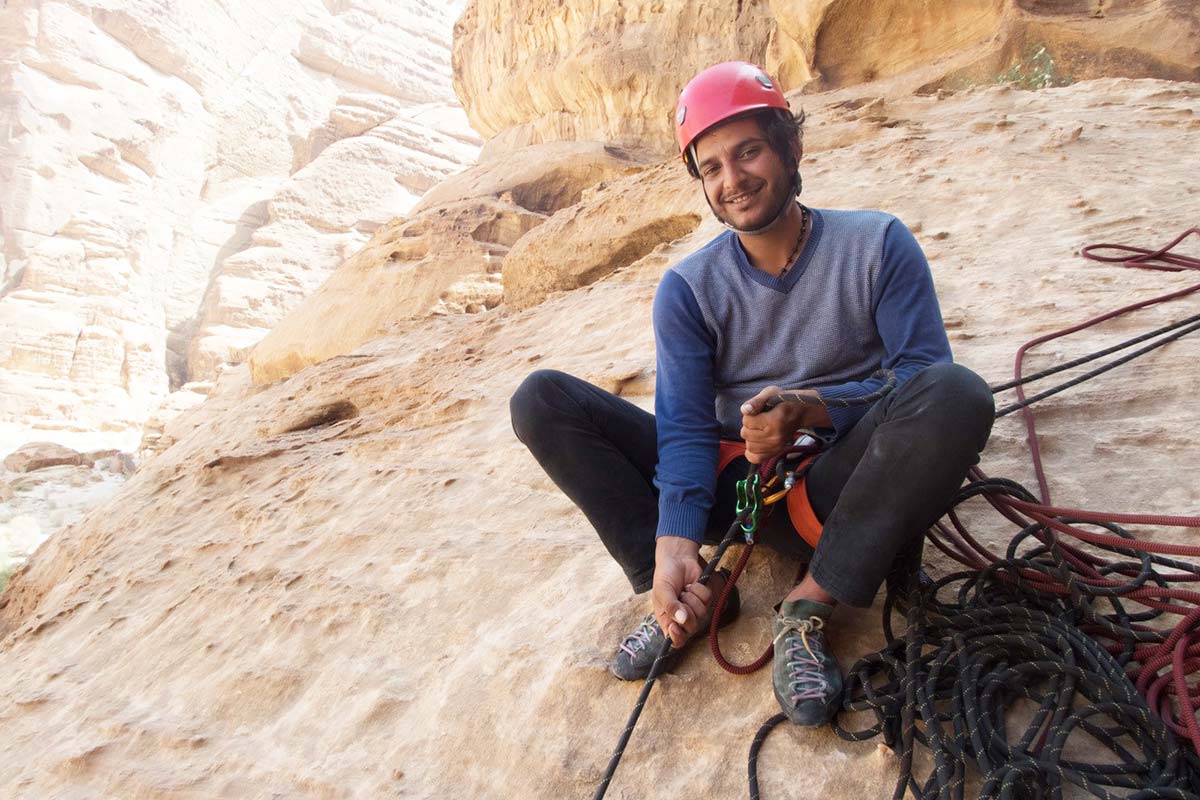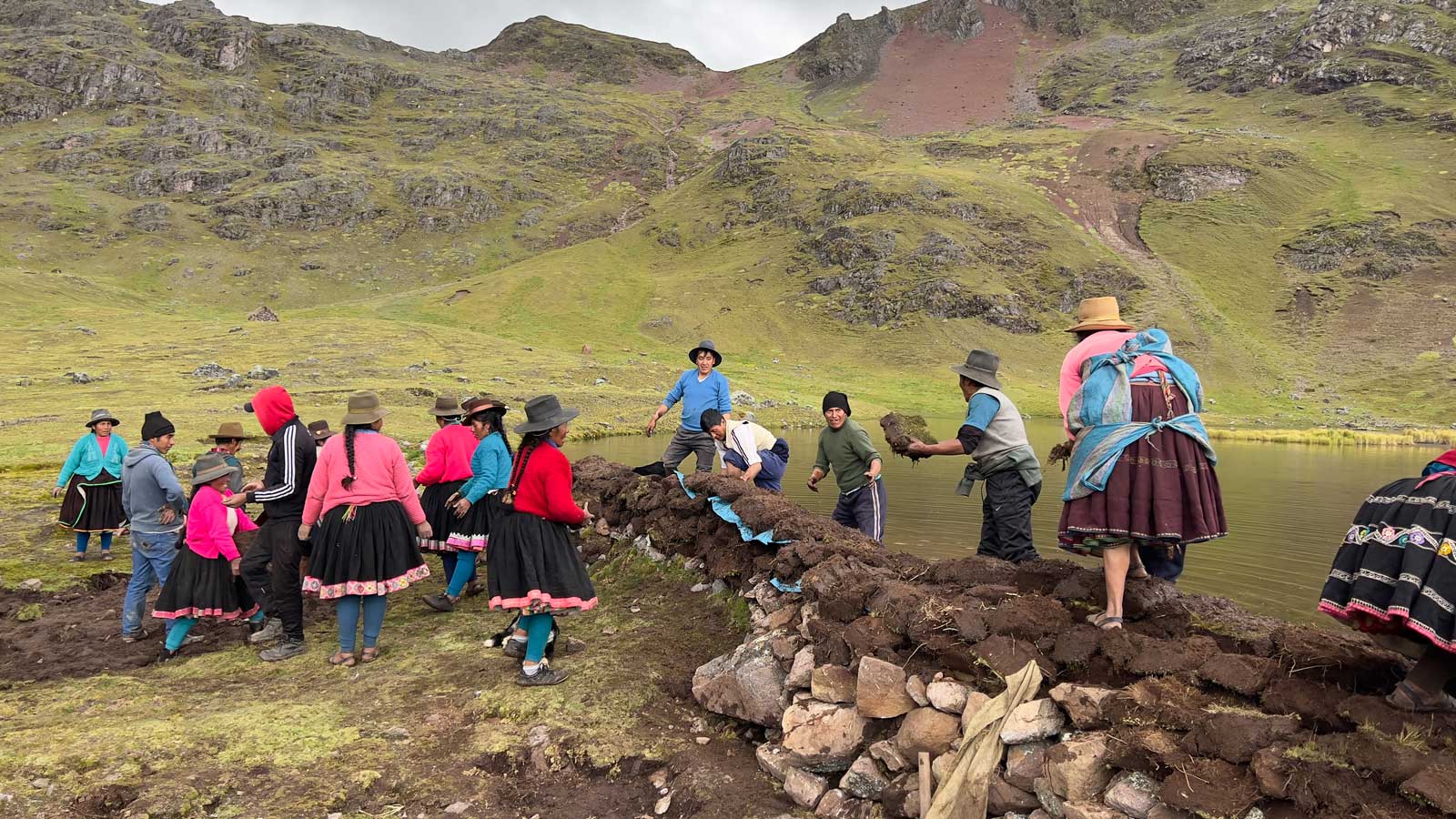In April 2019, the UIAA and the DAV (German Alpine Club) collaborated on a series of videos dedicated to belaying. Ten videos produced by the DAV were translated into English with the support of the UIAA Safety Commission. These videos are available to view on the UIAA Skills page.
An additional video, how to belay with the ATC, was not posted. It is now available following the publication of an advisory below courtesy of the UIAA Training Panel.
Advisory
Tube and plate style belay devices are often used for multi-pitch climbing, particularly if double or twin ropes are used. To bring a second climber up to join the lead climber at a belay stance, the method of taking in slack rope shown in this video does not work, because the live rope needs to be pulled upwards through the device rather than downwards. If the climber should fall while the belay hand is sliding towards the device, it is very difficult to hold a fall. For multi-pitch climbing therefore, a different method of belaying should be used:

(A) For climbs with “bomb-proof” anchors such as sound bolts or a strong tree, a direct belay is simple and effective, either using a Munter (“Italian”) Hitch for one rope or a “guiding” plate (e.g. “Reverso” or ATC”) for one or two ropes.
(B) For climbs with leader placed equipment such as equalised nuts or cams, the lead climber may need to belay the second using the belay device attached to the harness belay loop or rope attachment loop. In such cases, handling the rope requires a different technique, which should be taught and practiced before progressing to multi-pitch climbs. This can be described as a “hand shuffle” rather than a “hand slide”. For this method both hands must be holding the tail end of the rope as the belay hand is moved back towards the device. In Canada this method is called “Stabilise and slide” (describing each hand’s function). In some countries (e.g. the UK), this method of belaying is taught to novice climbers, but research by DAV suggests that novices and experienced climbers keep better control of the rope using the method shown in this video for top-roping.



